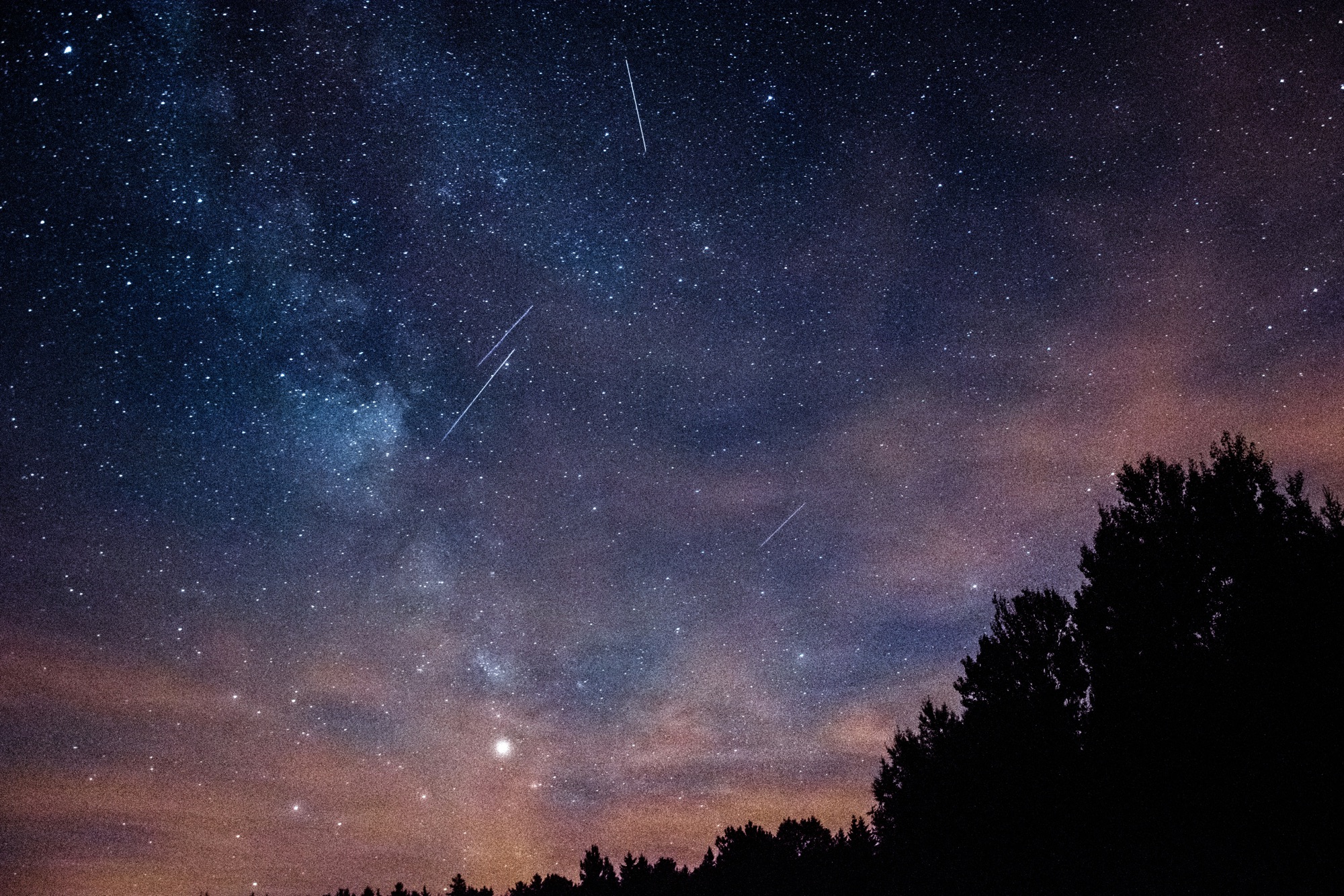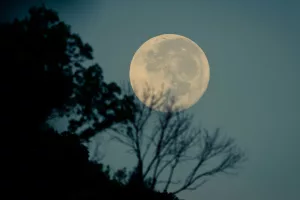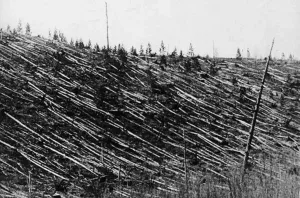Shooting stars, also known as meteors, are a fascinating astronomical phenomenon that captivates stargazers around the world. But what causes these streaks of light to blaze across the night sky? Understanding the journey of a meteoroid from space to its fiery demise in our atmosphere can deepen our appreciation for these celestial spectacles. When a meteoroid, which is a small rocky or metallic body in space, enters Earth’s atmosphere, it starts to burn up due to friction. This creates the bright streak of light that we see from the ground. The heat generated by the meteoroid as it travels through the atmosphere causes it to glow, creating the spectacular display known as a shooting star. The process of atmospheric entry and burning up creates a mesmerizing visual spectacle that has intrigued humans for centuries.
The Journey of a Meteoroid
Before diving into the atmospheric entry, let’s explore where these meteoroids come from. Meteoroids can originate from various sources, such as the remains of comets, asteroid collisions, or even the debris from planetary bodies. They vary in size from tiny particles to larger rocks, sometimes weighing several tons.
Origins and Composition
- Cometary Debris: When comets travel close to the sun, they shed material. This debris forms streams of particles that continue to orbit the sun. When Earth passes through one of these streams, we experience meteor showers.
- Asteroid Fragments: Collisions between asteroids in space can produce fragments that eventually enter our atmosphere as meteoroids.
- Interplanetary Dust: Some meteoroids come from dust in the solar system that coalesces into larger particles over time.
Each of these sources contributes to the diversity in the composition and behavior of meteoroids, affecting how they appear as shooting stars.
Meteoroids and Atmospheric Entry
The entry of a meteoroid into Earth’s atmosphere is a complex process influenced by several factors. The friction with atmospheric particles generates immense heat, often causing the meteoroid to disintegrate before reaching the ground.
Heat and Light Production
As the meteoroid plunges through the atmosphere at speeds often exceeding 20 kilometers per second, the air in front of it compresses rapidly. This compression heats the air and the surface of the meteoroid to temperatures that can reach over 1,600 degrees Celsius (about 2,900 degrees Fahrenheit). This intense heat vaporizes the outer layers of the meteoroid, creating a luminous plasma trail.
- Temperature Effects: The high temperatures cause the meteoroid to emit light. The color of this light depends on the composition of the meteoroid. For instance, sodium produces a yellow hue, iron green, and calcium reddish.
- Plasma Trail: The glowing trail left by the meteoroid is technically a plasma, a hot gas of electrically charged particles. This trail can persist for several seconds and is sometimes visible as a glowing line across the sky.
Speed and Angle of Entry
The speed and angle at which a meteoroid enters the Earth’s atmosphere play a significant role in determining the appearance of a shooting star. Faster meteoroids tend to produce longer and brighter trails, while the angle of entry can affect the duration and visibility of the streak of light.
Detailed Dynamics
- Speed Variations: Meteoroids entering the atmosphere can travel at speeds ranging from 11 km/s to 72 km/s. Faster entries often result in brighter, sometimes explosive, displays known as bolides or fireballs.
- Angle Considerations: A shallow entry angle can result in the meteoroid skimming across the atmosphere, sometimes exiting back into space. Steeper angles allow the meteoroid to penetrate deeper, often resulting in a more visible and longer-lasting trail.
- Fragmentation: Rapid fragmentation can occur when internal stresses exceed the structural integrity of the meteoroid, often leading to multiple smaller trails.
Perseid and Geminid Meteor Showers
Shooting stars are most commonly observed during meteor showers, such as the Perseids and Geminids, which occur when Earth’s orbit intersects with a stream of debris left behind by a comet. As the tiny particles left by the comet burn up in Earth’s atmosphere, they create a shower of meteors streaking across the sky.
Popular Meteor Showers
- Perseid Meteor Shower: Occurring every August, this shower is one of the most reliable and spectacular. Originating from the comet Swift-Tuttle, the Perseids can produce up to 100 meteors per hour under optimal conditions.
- Geminid Meteor Shower: Peaking in December, the Geminids are unique as they originate from an asteroid, 3200 Phaethon, rather than a comet. This shower is known for its bright and often colorful meteors.
Both events offer skywatchers a chance to witness a stunning display of shooting stars. The annual Perseid and Geminid meteor showers are popular events for skywatchers, offering a chance to witness a stunning display of shooting stars. During these meteor showers, the night sky comes alive with a dazzling show of celestial fireworks, leaving observers in awe of the beauty and grandeur of the universe.
The Science of Shooting Stars
Understanding the science behind shooting stars involves delving into the realms of astronomy, physics, and atmospheric science. By studying the behavior of meteoroids as they enter Earth’s atmosphere and analyzing the properties of the resulting light trails, scientists can gain valuable insights into the composition and dynamics of celestial bodies.
Scientific Investigations
- Spectroscopy: By analyzing the light emitted by meteors, scientists can determine the chemical composition of the meteoroid. This data helps us understand the building blocks of our solar system.
- Radar Observations: Radar systems track meteoroids as they enter the atmosphere, providing data on their velocity, trajectory, and fragmentation patterns.
- Camera Networks: Arrays of cameras around the world capture images of meteors, allowing for precise triangulation of their paths and the recovery of meteorites if they reach the ground.
Observing shooting stars not only offers a visual spectacle but also provides valuable data that contributes to our understanding of the universe and its cosmic phenomena. The scientific study of shooting stars not only enriches our knowledge of the cosmos but also sparks curiosity and wonder about the mysteries of the universe, inspiring further exploration and discovery in the field of astronomy.
Practical Tips for Meteor Watching
If you’re eager to witness a meteor shower, there are some practical tips to enhance your experience:
- Timing: Check the peak times of meteor showers to know when the best visibility occurs. Typically, the hours after midnight are most favorable.
- Location: Find a dark, open area away from city lights. Parks, rural areas, or high altitudes can offer clearer skies.
- Equipment: While no special equipment is needed, a reclining chair or blanket can make long viewing sessions more comfortable. Binoculars can be fun but aren’t necessary for meteors.
- Weather: Always check local weather forecasts to ensure clear skies. Cloud cover can obstruct the view of even the brightest meteors.
Common Misconceptions
Several myths persist about shooting stars. Here are a few clarified:
- “Shooting stars are stars”: Contrary to the name, shooting stars have nothing to do with actual stars. They are meteoroids burning up in the atmosphere.
- “They fall from the sky”: While shooting stars appear to fall, they actually travel through the atmosphere at high speeds, burning up before reaching Earth.
- “Wishing on a shooting star”: This popular myth suggests making a wish upon seeing a shooting star, stemming from ancient beliefs in their mystical nature.
Historical and Cultural Significance
Throughout history, shooting stars have held significant cultural and symbolic meanings:
- Ancient Civilizations: Many ancient cultures viewed meteors as omens or messages from the gods. For instance, the Greeks believed they were falling stars sent by Zeus.
- Navigation and Timekeeping: In some cultures, the appearance of meteor showers was used for navigation or to mark specific times of the year.
- Art and Literature: Shooting stars have inspired countless works of art and literature, symbolizing fleeting beauty or sudden change.
Conclusion
Whether you’re a seasoned astronomer or a casual observer, the allure of shooting stars is undeniable. Understanding their origins, journey, and the science behind them deepens our connection to these fleeting cosmic events. So, next time you find yourself under a clear night sky, take a moment to look up. You never know when a shooting star might grace you with its transient brilliance.




